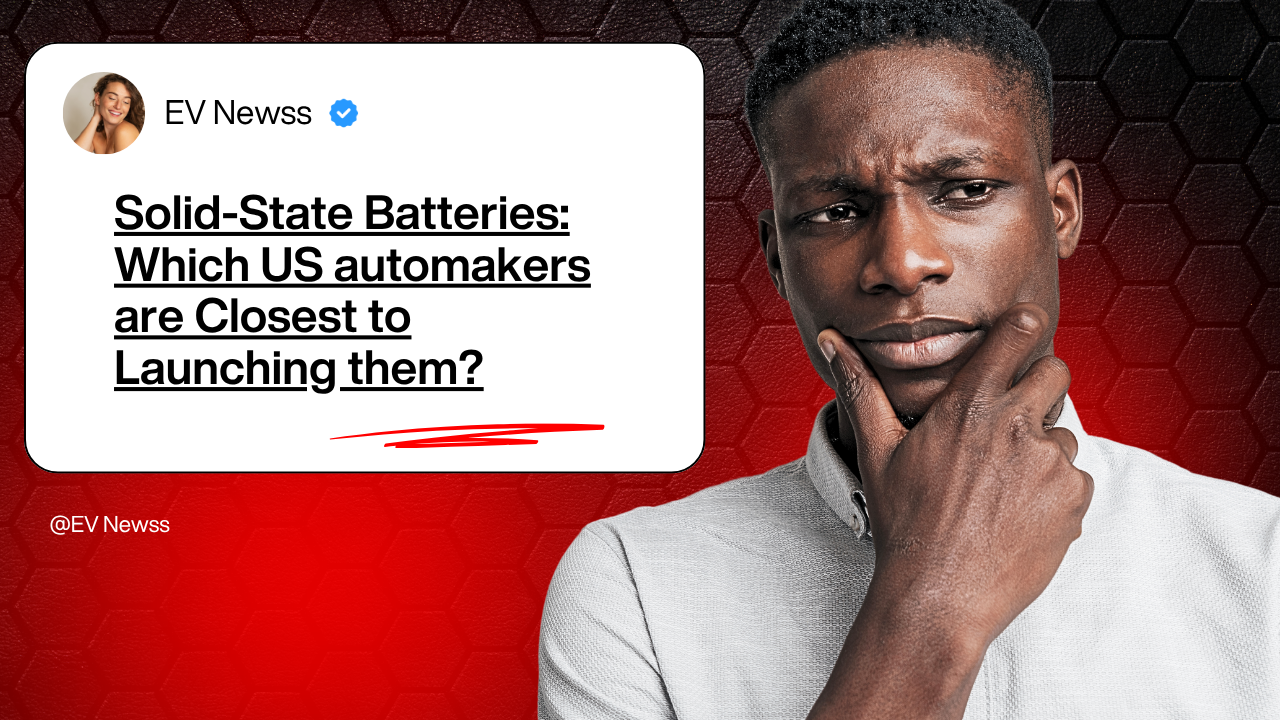Solid-state batteries have long been the holy grail of electric vehicle (EV) technology. Promising faster charging, longer range, and greater safety compared to today’s lithium-ion cells, solid-state batteries could revolutionize the EV market.
But despite years of lab tests and prototypes, mass-market deployment has remained elusive. That’s starting to change. In 2025, several U.S. automakers are closer than ever to bringing solid-state batteries into commercial EVs—some within just a few years.
So, who’s leading the pack? And when can you expect to see solid-state tech in your next electric car?
Let’s dive into the key players and timelines.
What Are Solid-State Batteries?
A solid-state battery uses a solid electrolyte instead of the liquid or gel electrolytes used in conventional lithium-ion batteries. The result:
- ✅ Higher energy density (potentially 2x range)
- ✅ Faster charging times
- ✅ Lower fire risk
- ✅ Longer lifespan
Solid-state tech also enables the use of lithium metal anodes, which can dramatically boost performance but are too reactive for current liquid electrolytes.
Why Solid-State Batteries Matter for the U.S. Auto Industry?
For American automakers, solid-state batteries are more than just a technical milestone. They represent:
- 🌎 Global competitiveness vs. Chinese and European EV leaders
- 📈 Long-term profitability through lower costs per mile
- 💡 Consumer trust via longer range and faster charging
- 🌿 Sustainability edge with safer materials and fewer rare earths
In short, whoever commercializes solid-state first could dominate the next generation of EVs.
U.S. Automakers Closest to Launching Solid-State EVs
1. Ford Motor Company
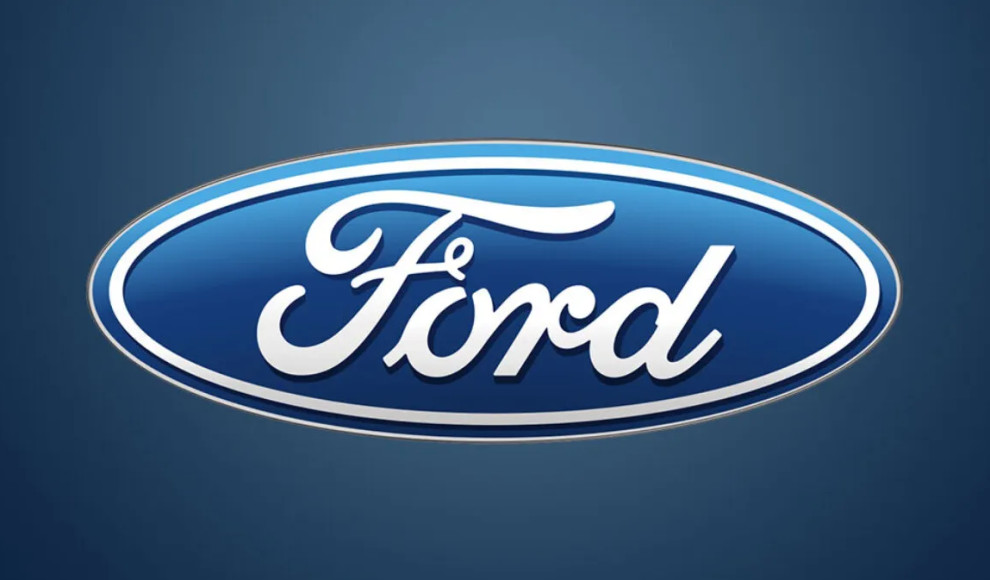
- Partnership: Solid Power (Colorado-based solid-state battery startup)
- Investment: Over $100M invested
- Tech: Uses sulfide-based solid electrolytes; 390 Wh/kg energy density target
- Milestone: Began testing 100Ah prototype cells in 2024
- Expected Launch: 2027 in premium electric models (possibly Mustang Mach-E or F-Series Lightning)
Ford’s edge: Their pilot line with Solid Power allows in-house battery assembly, speeding up development.
2. General Motors (GM)

- Partnership: Also invested in Solid Power alongside Ford
- Platform: Ultium EV platform adaptable to solid-state cells
- R&D Centers: Battery Innovation Lab in Michigan
- Expected Launch: 2028–2029, starting with Cadillac or Hummer EV variants
GM’s approach: Focusing on seamless integration into its Ultium battery architecture.
3. Toyota (U.S. Operations)
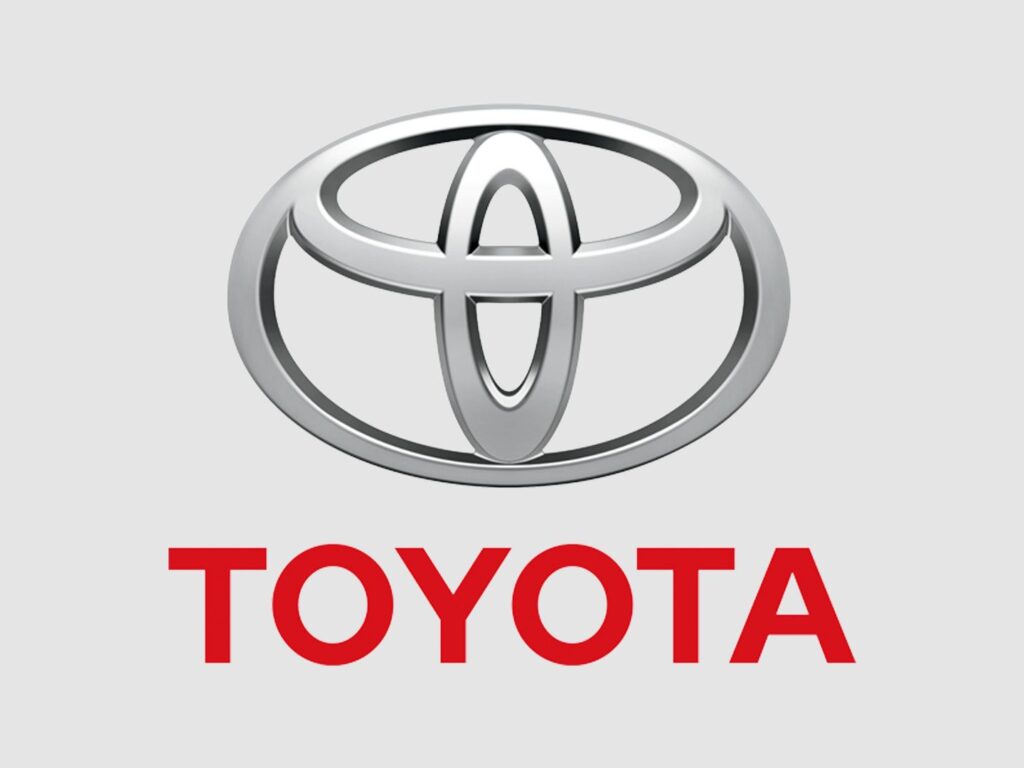
- While a Japanese company, Toyota is building solid-state EVs in the U.S.
- Investment: $13.9B in a North Carolina battery plant
- Breakthrough: 745-mile range prototypes; 10-minute fast charging
- Launch Plan: Limited production by 2027
Unique strategy: Toyota may first use solid-state batteries in hybrids to reduce cost and prove reliability.
4. Stellantis (Jeep, Chrysler, Dodge)
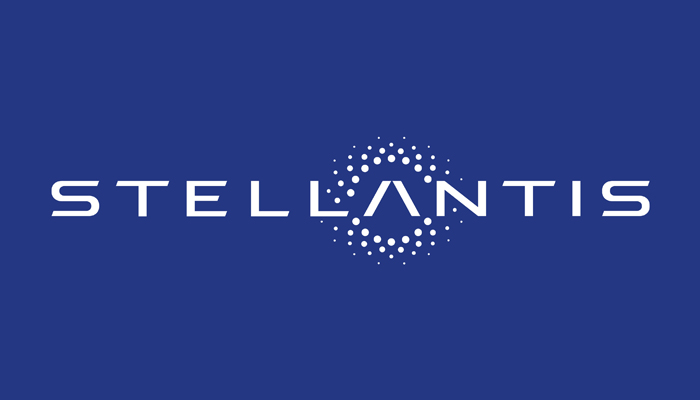
- Partnership: Factorial Energy (solid-state startup in Massachusetts)
- Battery Type: High-voltage solid electrolytes compatible with current manufacturing
- Expected Models: Chrysler Airflow Concept or future Dodge EVs
- Expected Timeline: 2028–2030
Advantage: Factorial’s design supports drop-in replacement for lithium-ion—faster adoption.
5. Tesla, Inc.
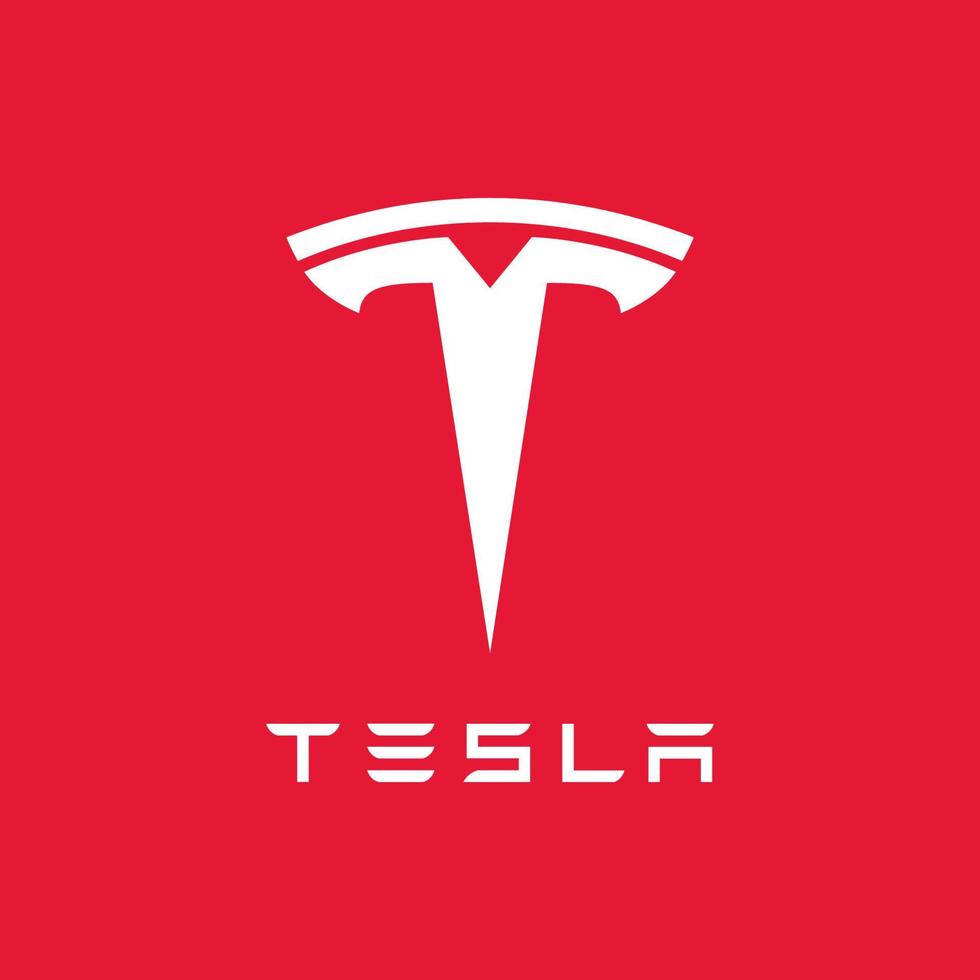
- Status: Not publicly invested in third-party solid-state tech
- R&D: Focused on dry-electrode lithium-ion with high energy density (via 4680 cells)
- Speculation: Internal work on semi-solid or solid-state tech may exist, but no confirmed product roadmaps
- Expected Launch: Unknown
Why it matters: Tesla’s secrecy makes it a wildcard. Elon Musk has called solid-state “interesting but challenging.”
Timeline Summary: Who’s First?
| Automaker | Tech Partner | Prototype Testing | Expected Launch |
|---|---|---|---|
| Ford | Solid Power | 2024 | 2027 |
| GM | Solid Power | 2025 | 2028–2029 |
| Toyota (U.S.) | In-house | 2023 | 2027 |
| Stellantis | Factorial Energy | 2025 | 2028–2030 |
| Tesla | In-house R&D | Unknown | TBD |
Barriers to Launch
Despite exciting progress, solid-state batteries face serious hurdles:
- 📊 Scaling production from lab to gigafactory
- 🪨 Cost per kWh is still significantly higher than lithium-ion
- 🚫 Material challenges, especially for solid electrolytes
- 🚪 Cycle life stability and performance in real-world conditions
Experts believe these could delay mass-market EVs with solid-state batteries until 2030 or later.
FAQs – Solid-State Battery EV Launch in the U.S.
Q1. Are any EVs with solid-state batteries available in 2025?
No. As of 2025, no mass-produced solid-state EVs are on sale. Only lab prototypes and limited testing are underway.
Q2. Which American brand will launch solid-state first?
Ford is currently the frontrunner, with plans to launch solid-state-equipped EVs by 2027.
Q3. Are solid-state batteries safer?
Yes. Their solid electrolytes reduce fire risks and thermal runaway compared to liquid lithium-ion batteries.
Q4. Will solid-state EVs be more expensive?
At first, yes. Expect early solid-state models to be premium-priced until production scales.
Q5. What makes solid-state batteries better?
They offer higher energy density, quicker charging, longer lifespan, and safer operation—key advantages over today’s batteries.
Final Thoughts: The Next Frontier in EV Tech
Solid-state batteries represent the most anticipated leap in EV technology in a decade. While the U.S. automakers are not first globally, they are positioning themselves to be competitive.
With Ford and Toyota in the lead, and GM and Stellantis following, the next five years will determine who dominates the next EV battery revolution. Tesla remains a dark horse, and if they join the race, things could accelerate even faster.
For now, consumers can track prototype news, policy shifts, and automaker announcements—but by 2027, you might finally get the keys to a solid-state-powered EV.
Stay charged. The future is solid.
